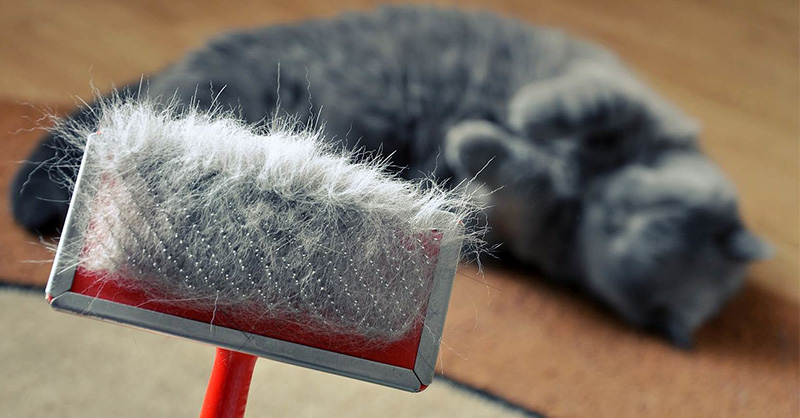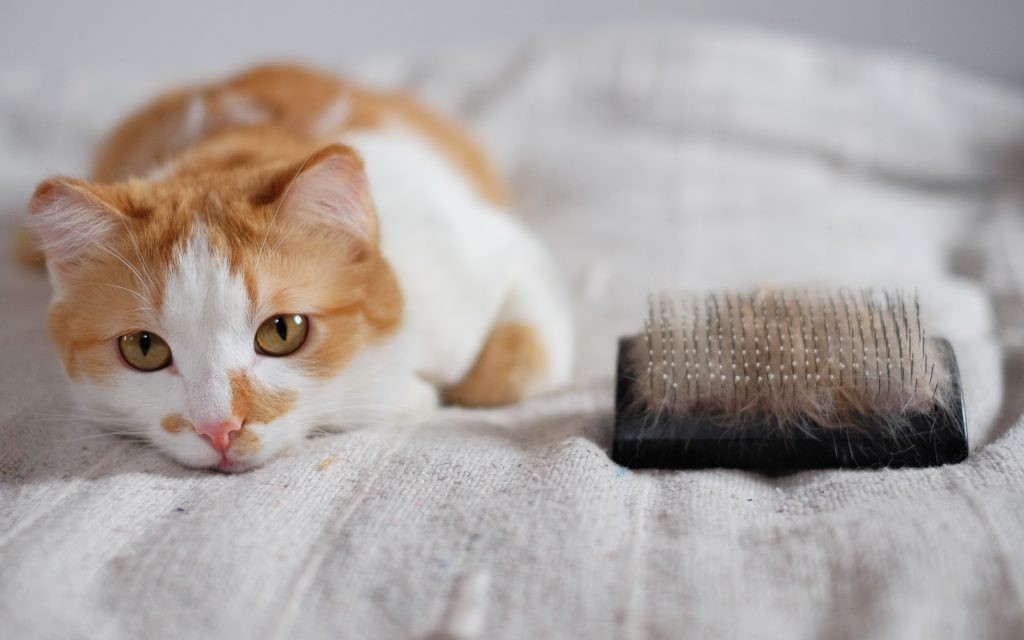Cat Dander Allergy: What to Do If You Want to Raise a Cat
Cat dander allergy is one of the most common pet allergies, affecting millions of people worldwide. For individuals who suffer from this condition, the thought of owning a cat can seem like an impossible dream. However, with the right strategies and precautions, it is possible for allergy sufferers to live harmoniously with their feline companions. This article provides insights into cat dander allergies and offers practical steps for people who want to raise a cat while managing their allergic reactions.
Understanding Cat Dander Allergy

Cat dander is tiny, lightweight particles of protein found in a cat’s saliva, urine, and skin cells. When cats groom themselves, they spread saliva onto their fur, and when the fur sheds, the saliva proteins are released into the air as dander. This dander can be inhaled, triggering allergic reactions in sensitive individuals.
Common symptoms of cat dander allergies include:
- Sneezing
- Runny or stuffy nose
- Watery or itchy eyes
- Coughing or wheezing
- Asthma-like symptoms
Although some people may experience mild symptoms, others can have more severe reactions that significantly affect their quality of life. Understanding the causes and knowing what you can do to minimize exposure to allergens can make owning a cat much more manageable for allergy sufferers.
Can People with Cat Dander Allergies Raise a Cat?
While it may seem counterintuitive, owning a cat is still possible for people who are allergic to cat dander. The key is to manage the allergy through preventive measures and proper care. For many individuals, taking the right steps can lead to a balanced life with a cat despite their allergy.
Key Steps for Raising a Cat If You Have a Cat Dander Allergy
If you’re an allergy sufferer but still want to raise a cat, consider the following strategies to reduce exposure to allergens and minimize allergic reactions.
1. Consult Your Doctor or Allergist
Before adopting a cat, it is essential to consult with your doctor or allergist. They can help you understand the severity of your allergy and provide personalized recommendations for managing symptoms. Some potential treatments or therapies may include:
- Antihistamines to reduce allergic reactions
- Nasal sprays to help with congestion
- Inhalers for managing asthma-like symptoms
- Immunotherapy (allergy shots), which can desensitize you to allergens over time
Your doctor may also perform skin tests to determine how severe your allergy is and whether immunotherapy or other treatments could help make life with a cat easier.
2. Choose the Right Cat Breed
Not all cats are created equal when it comes to allergens. While no cat is completely hypoallergenic, certain breeds produce fewer allergens than others. Some cats may also shed less dander than others, which can help reduce the amount of allergen in your home. Breeds that are commonly considered better for allergy sufferers include:
- Siberian: Siberian cats are often noted for producing lower levels of the Fel d 1 protein, which is responsible for most cat allergies.
- Balinese: Sometimes called the “long-haired Siamese,” Balinese cats are also considered to produce fewer allergens.
- Russian Blue: Russian Blue cats are believed to have a lower amount of the allergenic protein Fel d 1 in their saliva and skin.
- Devon Rex: This breed has less fur and tends to shed less, which can reduce the spread of allergens in the home.
- Sphynx: Although they are hairless, Sphynx cats still produce dander. However, their lack of fur means less shedding, which may reduce dander accumulation.
While these breeds may be less likely to trigger severe reactions, individual sensitivities vary. It is recommended to spend time with the specific breed you are considering before committing to ownership.
3. Create an Allergen-Free Zone
Designating certain areas of your home as allergen-free zones can help minimize your exposure to cat dander. These areas should be spaces where the cat is not allowed, such as your bedroom and any other rooms where you spend a significant amount of time. Keeping these areas free of cat dander will provide you with a safe space to retreat when symptoms flare up.
To further reduce allergens in these rooms, consider the following:
- Use air purifiers: Invest in a high-efficiency particulate air (HEPA) filter to remove dander from the air.
- Keep windows open: If possible, open windows to increase ventilation and allow fresh air to circulate, which can help reduce allergens.
- Wash bedding regularly: Wash your linens and pillows weekly in hot water to remove any dander that may accumulate.
4. Regular Grooming and Bathing
While cats groom themselves frequently, regular grooming by you can help reduce the amount of dander in your home. Brushing your cat’s fur at least once a week can help remove loose hair and dander that would otherwise be shed around your home. Depending on your cat’s tolerance, regular baths with cat-safe shampoo can also help reduce allergens in their fur. Make sure to use a gentle shampoo specifically designed for cats to avoid skin irritation.
When grooming or bathing your cat, take the following precautions:
- Wear gloves: Protect your skin from coming into direct contact with dander.
- Use a mask: Wearing a face mask can help reduce inhalation of allergens.
- Keep your cat in a separate room: Groom your cat in an area that is easy to clean and away from areas where you spend the most time.
5. Frequent Cleaning and Vacuuming
A clean home is essential for minimizing allergens. Cat dander can settle on various surfaces in your home, including floors, furniture, carpets, and upholstery. Regular cleaning is a must.
- Vacuum with a HEPA filter: Regularly vacuum your floors, carpets, and furniture using a vacuum cleaner with a HEPA filter. This will help trap and remove cat dander from surfaces.
- Wipe down surfaces: Use damp cloths to wipe down furniture, shelves, and other surfaces to prevent dander from becoming airborne.
- Wash cat bedding and toys: Regularly clean your cat’s bedding, toys, and any other items they frequently use. This will help reduce the accumulation of allergens in your home.
6. Maintain Proper Ventilation

Good airflow is important for reducing allergens in the air. Proper ventilation helps to circulate air and flush out allergens, keeping your home fresh and allergen-free. Make sure your home is well-ventilated, especially in areas where your cat spends a lot of time.
7. Consider Medication for Symptom Relief
Even with all the preventive measures, allergies may still cause occasional symptoms. Over-the-counter antihistamines, decongestants, or nasal sprays can provide relief. In more severe cases, your doctor may recommend stronger prescription medications or allergy shots (immunotherapy) to help manage your symptoms over time.
Conclusion
Owning a cat while managing a cat dander allergy is certainly possible, but it requires a proactive approach. By consulting your doctor, choosing the right breed, creating allergen-free zones, and implementing a regular cleaning and grooming routine, you can significantly reduce your exposure to cat dander and enjoy the companionship of a feline friend. Remember that the key to success is managing your environment and taking steps to minimize allergens in your home. With the right precautions in place, you can live happily with a cat, even if you have a cat dander allergy.

